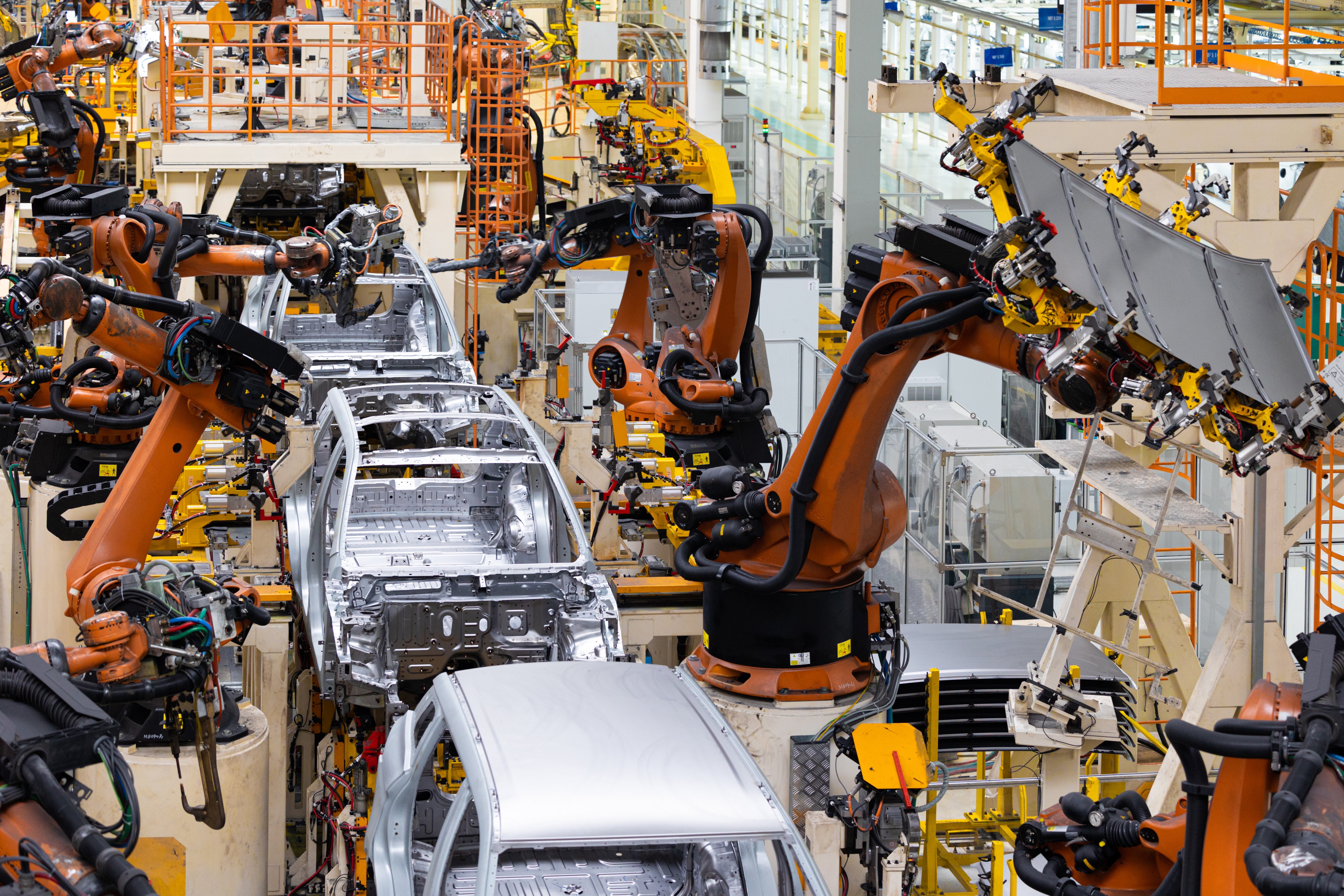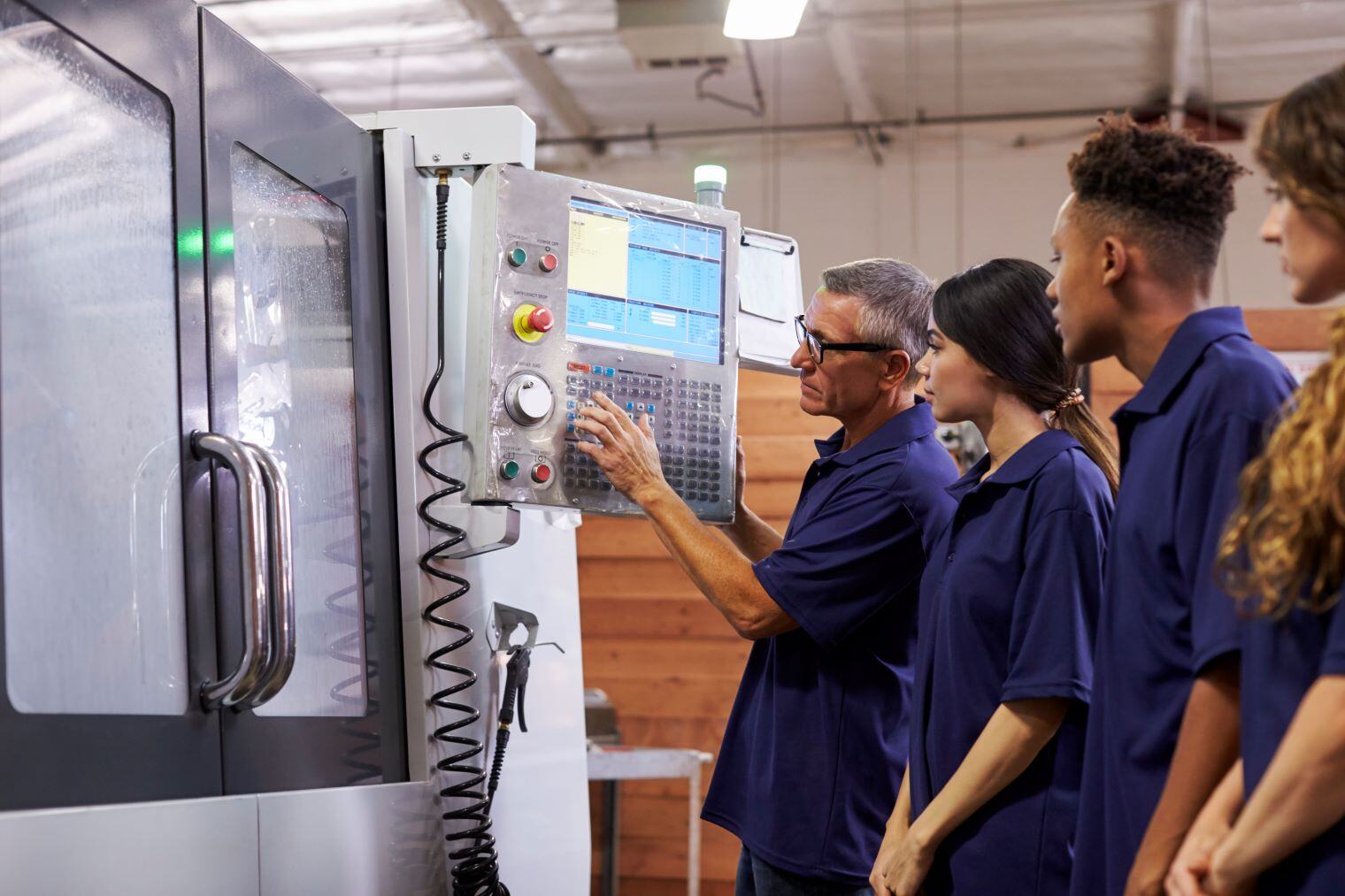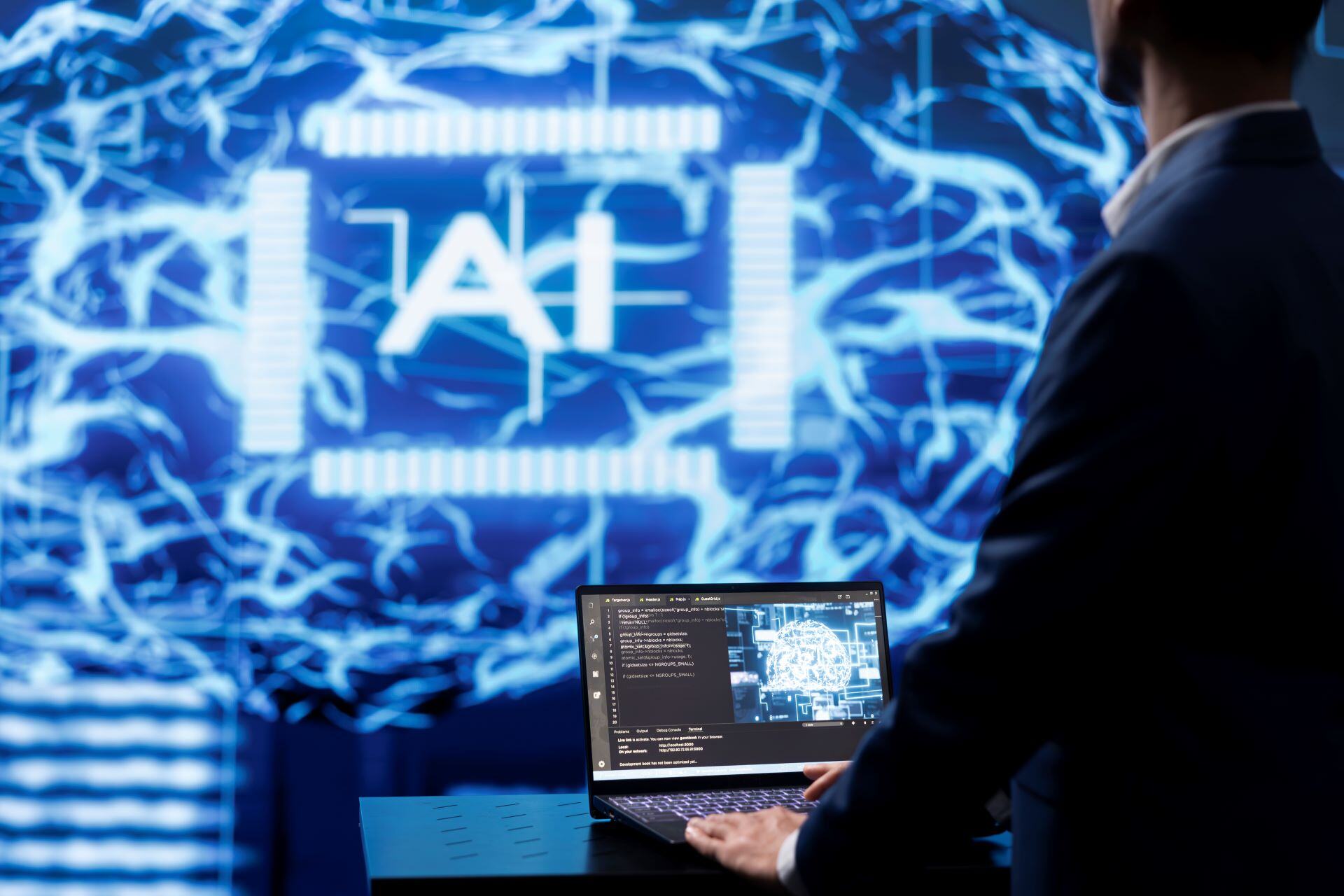The 50-year Port Strike Has Ended: What Manufacturers Must Consider

Post Categories
Timpl Marketing
The recent strikes along the East and Gulf Coasts didn’t happen in a vacuum.
On October 1, thousands of workers from 14 major ports staged a walkout, pushing for higher wages and calling for a halt to the automation of gates, cranes, and container-moving trucks. The strike spread across 36 ports, disrupting operations at key East and Gulf Coast terminals.
By October 4, 2024, the ports reopened after the International Longshoremen's Association (ILA) and the United States Maritime Alliance (USMX) reached a tentative agreement, which included a 62% wage hike over six years, ending the largest U.S. port strike in 50 years. However, the tentative agreement still leaves automation issues unresolved between the union and shipping companies. Both sides will keep negotiating on this matter, with a focus on finding a solution by January 15.
While wage disputes played a role, the underlying fear of automation replacing jobs drove much of the tension. This signals a challenge manufacturers must address as they adopt more automated systems. But rather than fearing automation, how can companies help workers adapt confidently to the inevitable?
Why Addressing These Fears Matters
A 2023 ADP Research survey found that 53% of North American workers think AI will help them, but 47% fear it could take their jobs. Interestingly, 16% said they don't know enough about AI to have an opinion. Those who believe AI will be beneficial also tend to feel more confident in their skills to advance in their careers.
It seems that while technology is moving forward, many workers are still in the dark about it, and those who do know more often feel anxious about what it means for their futures.

(Source: ADP Research Institute People at Work 2024. Based on survey conducted in 2023)
For manufacturers, automation is a necessary part of staying competitive. But a workforce that feels threatened by technology may resist or become disengaged. Employees are the backbone of any business, and their concerns can't be brushed aside. Companies that recognize this and take proactive steps to address automation fears will not only ease tensions but also foster a more adaptable, forward-thinking workforce.
Steps Manufacturers Can Take to Ease Automation Fears
1. Transparency in the Transition Process
When it comes to automation, change can feel overwhelming for employees. That’s why transparency is key. Regularly updating your workforce about the company’s automation plans can make a significant difference in easing fears and building trust. But it’s not just about sharing information—it’s about how you do it.
Start by creating clear communication channels. Town halls, internal newsletters, or even a dedicated automation transition team can all be effective ways to keep employees in the loop. The goal is to ensure that everyone understands the "why" behind the change and the impact it will have on their roles. When people feel informed, they’re more likely to be on board.
Another crucial step is to provide a clear timeline for the transition. When will automation be introduced? Which departments will be affected first? What new opportunities will arise for employees? Answering these questions upfront helps set expectations and prevents rumors or uncertainty from taking over.
For example, consider hosting a company-wide meeting where leadership explains the benefits of automation, breaks down the phases of the transition, and answers employee questions directly. This kind of transparency shows that the company values its workforce and is committed to making the process as smooth as possible.
2. Invest in Upskilling and Reskilling Programs
Reskilling and upskilling are not new topics. We’ve been discussing their importance for years, but we still can’t emphasize this enough. According to a report released on October 3 from UKG, roughly 31% of over 300 HR leaders at U.S. manufacturing firms say their production lines are understaffed. This statistic highlights a crucial need: if companies want to fill these gaps, they must actively invest in their workforce's growth and development.
Understanding what your workforce needs is the first step. You have to identify the skill gaps, and the training programs you offer must be tailored because every industry, company, and individual is unique—even if you and others work in the same field. The more customized your approach, the more effective it will be. But three other essential elements for an effective and sustainable reskilling and upskilling program are as follows:
- Continuous Learning Opportunities
Yes, if it’s not a continuous process, it makes no sense. Automation and technology are constantly evolving. Upskilling and reskilling should be part of your culture rather than something you provide at a certain time.
Establish regular workshops or ‘lunch and learn’ sessions to keep your workforce up to date with the latest industry trends and technological advancements. This ensures employees continue to grow and adapt to new changes.
- Incentivize Learning
Motivation is important. To keep the fire burning, you need more wood. You could motivate employees to engage in upskilling and reskilling programs by offering incentives. These could include promotions, salary increases, or formal recognition for completing certification courses. Some companies also offer paid time for training or cover tuition fees for relevant courses.
- Monitor Progress and Adapt
After implementing upskilling and reskilling programs, don’t just set it and forget it. Keep track of employee progress and see how well they’re adapting to new roles or technologies. Use performance reviews, feedback sessions, or skills assessments to gauge how effective your training initiatives are. Based on that feedback, tweak your programs as needed to tackle any challenges or meet new needs that come up.
3. Offer Emotional Support
During times of change, employees often need emotional support, and online counseling services can be a practical solution. By teaming up with trusted platforms that offer 24/7 access to mental health professionals, companies can make sure their staff gets help whenever they need it.
This kind of flexibility lets employees reach out without the hassle of scheduling in-person appointments. Plus, the anonymity and confidentiality of online counseling can encourage more people to take advantage of these services.
Final thoughts
For Modern Manufacturing, Automation isn’t something that can be erased—it’s part of the progress cycle of nature. As we look toward manufacturing trends 2025, the sooner companies embrace this reality and help their workers do the same, the better prepared they’ll be for the future. Automation doesn’t mean the end of human involvement; it signals a shift in how we work and the opportunities that come with it.
Partnering with Timpl can help you embrace this change together. Schedule a free consultation with an expert, today!


